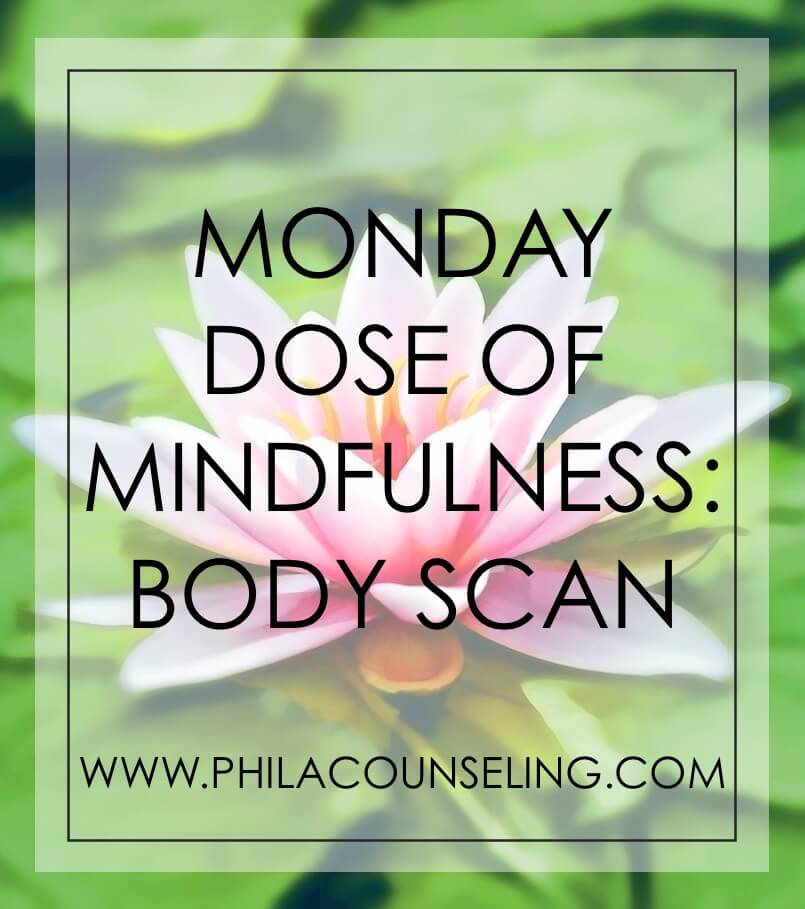What is Mindfulness?
Mindfulness has gotten a lot of attention in recent years. It's likely that you've heard this word being used or seen it written in an article or blog post, but what exactly is mindfulness?
Mindfulness is the practice of attending to the present moment and observing things as they are, without judging or striving to change them. While this may be challenging at first for many of us, we can enhance our mindfulness skills through the practice of mindfulness meditations and various other mindfulness exercises. In other words, we can train our brains through the regular practice of mindfulness. But why do it? Mindfulness has been shown to lead to numerous cognitive, emotional, and physical benefits.
Benefits of Mindfulness
Practicing mindfulness trains us to be able to purposefully shift our attention to the present, rather than worrying about the future or getting stuck thinking about the past. This focus on—and acceptance of—the present moment has been shown to lead to a decrease in stress, anxiety, depression, and chronic pain, as well as an increase in the ability to sustain focus. Future-oriented thinking tends to be associated with anxiety, while people who experience depression tend to mentally review events from the past. By shifting our thoughts to the present, we experience a resulting emotional shift. When we are mentally fully present, we can derive more satisfaction from our experiences and decrease distress.
Practicing mindfulness allows us to develop a different relationship with our thoughts. Enhancing the mind-body connection (by enhancing our awareness of physical sensations experienced in the body) can provide powerful benefits for changing our relationship to physical sensations as well. It is for this reason that mindfulness has been shown to benefit those who experience chronic pain.
Mindfulness can be especially beneficial for those of us who often feel the impact of the prevalence of technology in today's society. It is easy for smart phones to create distractions that pull our attention away and prevent us from fully engaging in the world around us. Thus, it is important for us to prioritize enhancing our mindfulness skills, so that we can learn to incorporate mindfulness into our daily lives.
Resources for Practicing Mindfulness
After learning about mindfulness, many people are intrigued, but concerned about finding the time to develop a daily mindfulness practice. There are tremendous benefits to setting aside 30-60 minutes a day for guided mindfulness meditations; however, if this seems overwhelming or unrealistic for you, there are many other ways to build mindfulness into your life, even by devoting just a few minutes at a time to your mindfulness practice.
For this reason, I starting a Monday Dose of Mindfulness blog series, which is dedicated to providing information about short mindfulness exercises that can easily be incorporated into your daily life. This blog series includes a wide range of ways to practice mindfulness, including: mindful eating, mindful movement, short mediations, and other various ways to shift attention to external and/or internal aspects of the present moment. I continue to add to this blog series, so don't forget to check back for even short mindfulness exercises in the future.
If you are interested in trying mindfulness meditation, visit one of the websites listed below. These sites have some great guided mindfulness meditations that are free to the public. Take some time to explore the options available, since these meditations range in length and subject.
FREE GUIDED MINDFULNESS MEDITATIONS:
Self-Compassion | Website of Dr. Kristin Neff
UCLA Mindful Awareness Research Center










